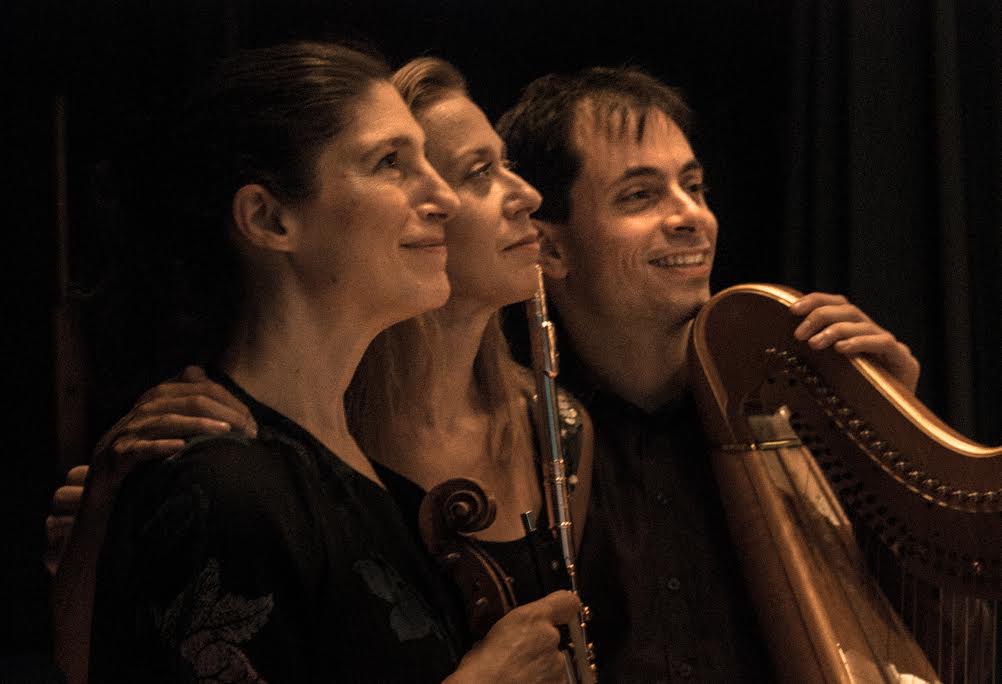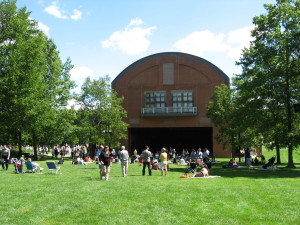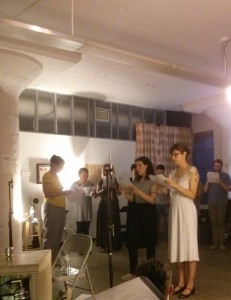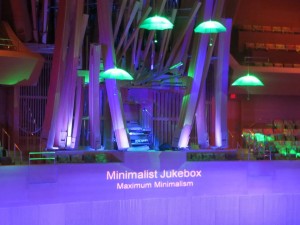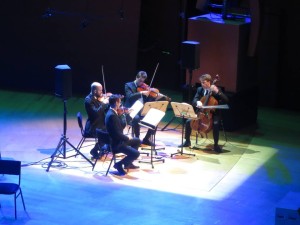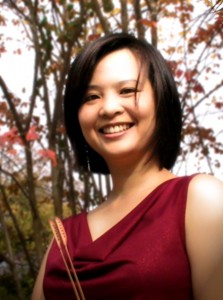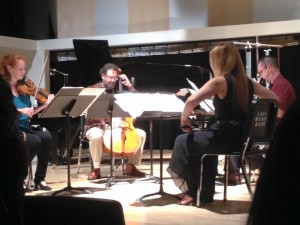 The Los Angeles chapter of the American Composers Forum (ACF-LA) held its annual meeting and concert over the weekend of September 11-12, 2015 at newly-refurbished Clausen Recital Hall on the campus of Los Angeles City College in Hollywood. Many of the groups in Los Angeles doing new music participated, and the resulting concert was over three hours long, requiring two intermissions. The 200 seat venue was completely filled, mostly by performers and composers. The night before there was another ACF-LA concert by wildUp at REDCAT in Disney Hall, so in just a couple of evenings you could have enjoyed a good cross-section of the local new music scene.
The Los Angeles chapter of the American Composers Forum (ACF-LA) held its annual meeting and concert over the weekend of September 11-12, 2015 at newly-refurbished Clausen Recital Hall on the campus of Los Angeles City College in Hollywood. Many of the groups in Los Angeles doing new music participated, and the resulting concert was over three hours long, requiring two intermissions. The 200 seat venue was completely filled, mostly by performers and composers. The night before there was another ACF-LA concert by wildUp at REDCAT in Disney Hall, so in just a couple of evenings you could have enjoyed a good cross-section of the local new music scene.
The evening began with greetings from Jack Van Zandt, ACF-LA Chapter President and Dr. Christine Park, Chair of the Music Department at LACC. Each performing group also had a spokesperson give a short introduction about the music and goals of their respective organizations.
The first to present was People Inside Electronics and Brightwork newmusic came on stage to perform like dreams, statistics are a form of wish fulfillment, by Benjamin Broening. The electronic re-processing of the acoustic sounds from the Brightwork ensemble gave this a shiny, shimmering feel that contained some lovely tones. Silences between the passages allowed the electronics to deliver ghostly echoes that added to the ethereal feel. There was a beautiful flute solo and some bowing of the vibraphone bars that seemed to cast a spell. Benjamin Broening was present – as were most of the composers – and he acknowledged the applause and the fine reading by Brightwork.
The second piece presented by People Inside Electronics was Sad Trombone, by Isaac Schankler. The group gnarwhallaby was on hand in their trademark black coveralls to reprise this work, having premiered it in March of this year. This is a trombone concerto that includes piano, clarinet and cello in addition to reprocessing electronics. Sad Trombone is a fearsome combination, with dark textures, piano crashes, lively syncopated tempos and primal trombone sounds supplied by Matt Barbier. All of this is taken into the microphones, reprocessed, amplified, and returned to the speakers mounted over the stage. The result was a powerful, complex sound that washed over the audience in great waves. The ensemble playing was excellent given the difficulty of the music and the strong presence coming from the speakers. The energy and power in Sad Trombone and the muscular playing by gnarwhallaby was enthusiastically acknowledged by the audience.
